Family Life

Yad Vashem - The World Holocaust Remembrance Center
The museum Yad Vashem is one of the foremost research centers for holocaust studies in the world.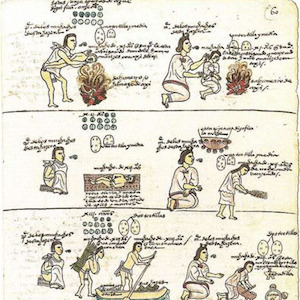
Gender Roles among the Nahua in the Codex Mendoza
From the time of birth, children in Aztec, or Nahua, society were socialized into gender roles. In the birth ritual introducing the infant to society, symbolic objects clearly differentiated. Boys were to be warriors and craftsmen, and girls were to tend to domestic chores.

Short Teaching Module: Children and Daguerreotypes (19th c.)
For historians, there are several ongoing debates about the periodization of childhood and its transformation over time. When did children become important and in what capacity? As economic contributors? As the focus of emotional attachment or as subjects prone sentimental idealization?
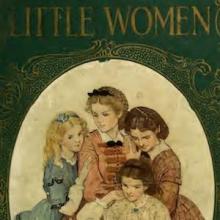
Short Teaching Module: Girlhood and Little Women
Scholars often label the period between 1865 and 1920 the "Golden Age" of Anglo-American children's literature, as this is the period when many of the classics were written and published, including Alice in Wonderland (1865), Ragged Dick (1868), Tom Sawyer (1876), Treasure Island (1884), Rebecca

Short Teaching Module: Codex Mendoza (16th c.)
In Mexico City, towards the middle of the 16th century, Nahuatl-speaking painters created the Codex Mendoza, one of the most lavish indigenous accounts of history and moral behavior known today. Across pages of expensive, imported paper, the painters of the C.
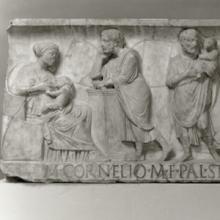
Short Teaching Module: Roman Children’s Sarcophagi
I use images of two Roman marble sarcophagi for topics on children and childhood in undergraduate courses on ancient society, family, gender, representations, and historiography. The sarcophagi can be used to study one period of antiquity or to examine changing notions of childhood over time.
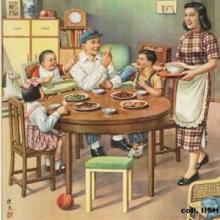
Short Teaching Module: Chinese Propaganda Posters
Visual images provide valuable material for the exploration of childhood, youth and history.
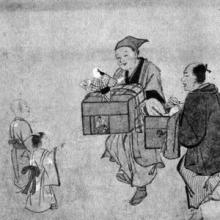
Short Teaching Module: Play in Tokugawa Japan
At the beginning of a lecture on the daily life of townsmen in Edo (Tokyo), I first presented an image of Tokugawa-period (1600–1868) Japanese children. This detail from an ink painting by Hanabusa Itchô (1562–1724) shows a childhood experience common to both sexes: watching a puppet show.
Gender and Health in Latin America: Newspaper, Domestic Violence (Brazil)
Domestic violence is hardly a new topic in the global history of gender relations. Scholars and counselors have long been familiar with responses to domestic violence, ranging from emergency hotlines and family counseling to restraining orders placed on abusive spouses or partners.
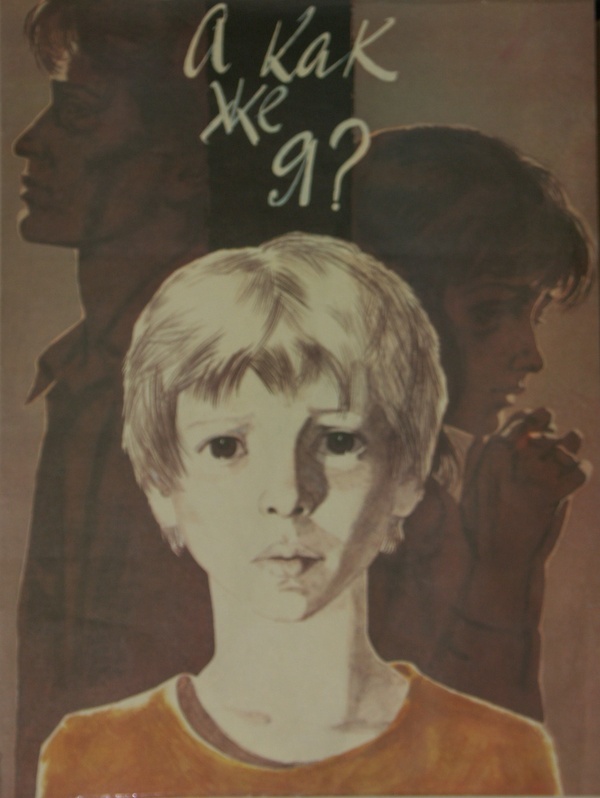
Divorce in the Soviet Union
One of Mikhail Gorbachev's most famous reform movements was 'glasnost' (openness), which allowed partial freedom of the press to address social problems and corruption within the Soviet Union.